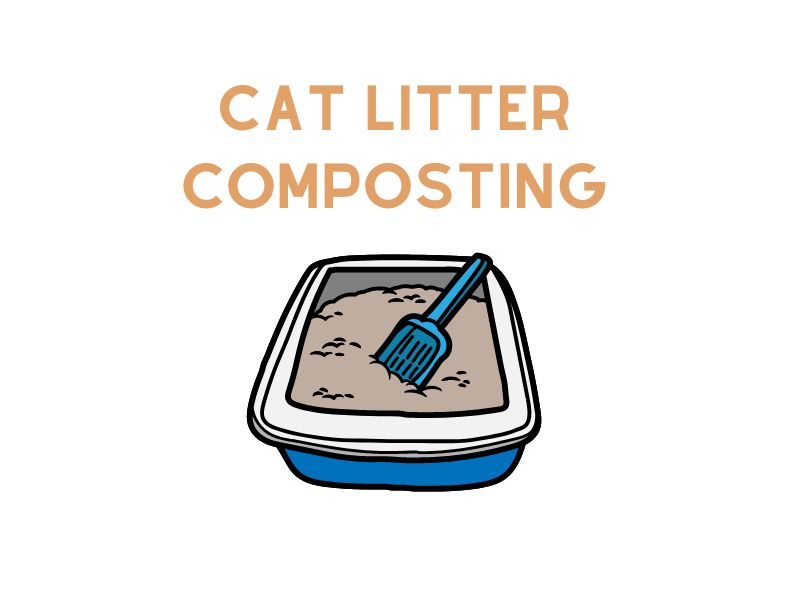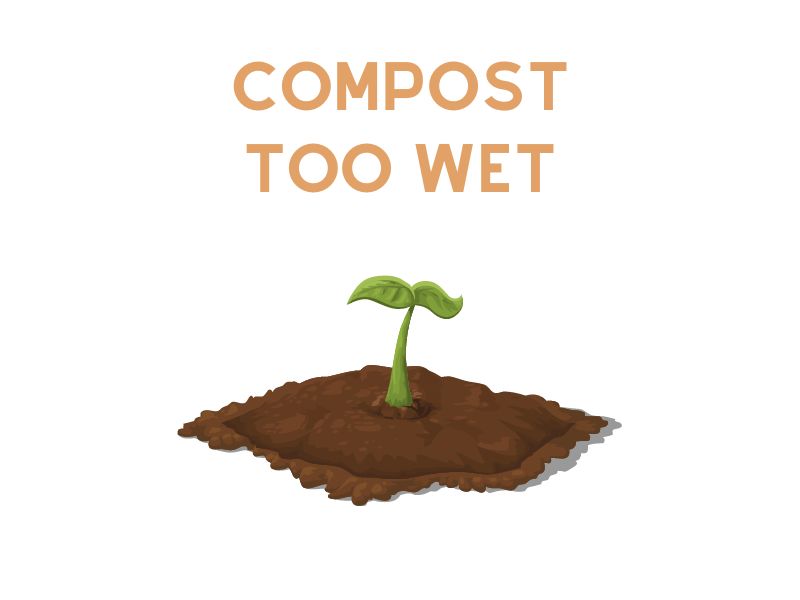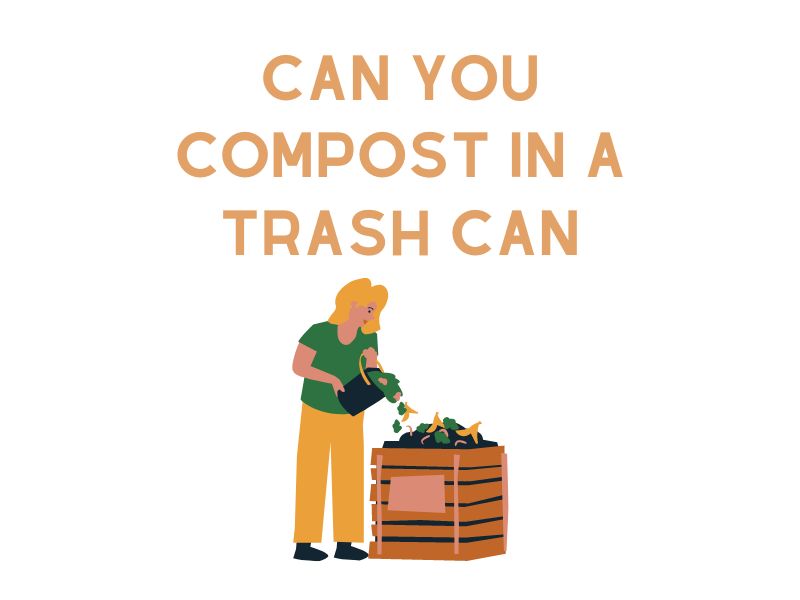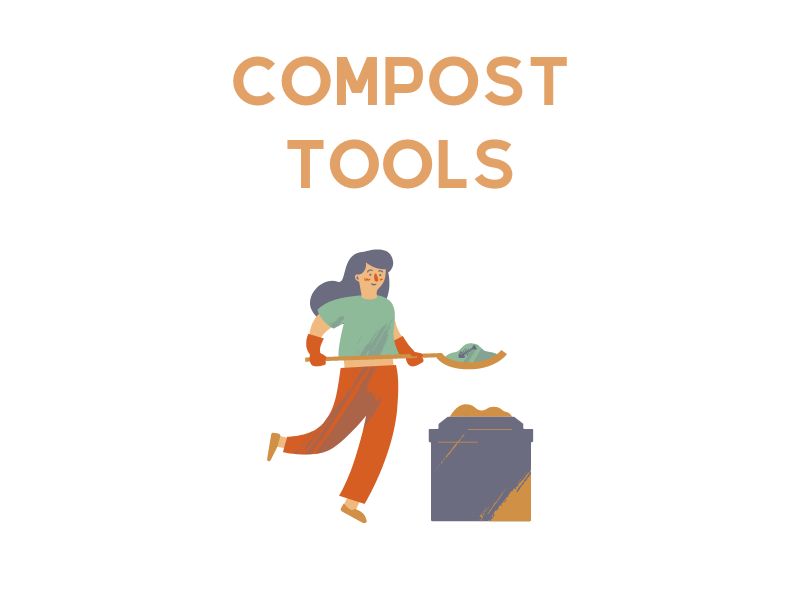Composting is an ecological practice that has garnered increased attention over the years, transforming organic materials such as kitchen waste and yard clippings into a nutrient-rich soil enhancer that benefits plant growth and soil health. The process helps reduce landfill waste, lower greenhouse gas emissions, and foster a closed-loop system where organic waste gets returned to the earth from which it originated.
When it comes to pet waste, particularly cat litter, the concept of composting becomes more complex. Cats are cherished companions in many homes, yet managing their waste can pose significant environmental challenges. Traditional methods of disposal often involve bagging used litter and sending it off to the landfill, a practice that contributes to environmental degradation.
As a potential solution, composting cat litter presents an alternative that aligns with the principles of sustainability. However, it is not without controversy or risk, and it’s important to navigate this practice with a clear understanding of the potential pitfalls and how to avoid them.
This guide will take you on a detailed journey through the world of composting cat litter. We’ll delve into the types of cat litter and their environmental impacts, health concerns associated with this practice, how to choose and compost suitable cat litter, and how to use the resulting compost safely. In shedding light on these topics, this article aims to provide a comprehensive resource for cat owners looking to manage their pet’s waste in an environmentally responsible way.
Understanding Cat Litter
Cat litter comes in several types including clay, silica gel (crystal), biodegradable, and others. Each type has different properties regarding absorbency, odor control, and environmental impact. Most importantly, not all cat litter is safe or suitable for composting.
Can You Compost Cat Litter?
Yes, you can compost cat litter, but only specific types. Biodegradable litter made from materials like wood, paper, or corn can be composted. However, due to the health risks associated with cat feces, the resulting compost should only be used on ornamental plants and not on vegetables or fruits.
Compostable Cat Litters
In the vast array of cat litter options, compostable cat litters stand out for its environmentally friendly nature. Unlike their clay or silica counterparts, compostable litters are crafted from plant-based materials and are biodegradable. They can decompose naturally over time, leaving a minimal environmental footprint. Composting these litters allows pet owners to turn a waste product into a beneficial soil conditioner, albeit with some precautions which will be discussed later.
Compostable cat litters come in a variety of forms, each with its own benefits and drawbacks. Here are some of the most common types:
- Recycled Paper Litter: Made from recycled paper, this type of litter comes in pellets, granules, or crumbles. It’s lightweight, dust-free, and biodegradable. Its absorbency varies based on the form, with pellets being less absorbent than granules or crumbles. While it doesn’t clump, it’s safe to compost after removing solid waste.
- Wood Litter: Often made from pine, cedar, or other types of lumber waste, wood litter is a natural and biodegradable option. It’s available in various forms like pellets, shavings, or sawdust and often has a pleasant natural scent that helps mask odors. Some wood litters can break apart when wet and form clumps, while others don’t clump.
- Corn Litter: Made from ground corn kernels, corn litter is biodegradable and compostable. It typically clumps when wet, making it easier to scoop and clean. However, it can be susceptible to mold growth if not managed properly.
- Wheat Litter: Made from ground wheat, this type of litter is biodegradable and compostable. It also clumps when wet for easier scooping. Some cat owners have noted that it has a naturally sweet scent that can help control odors.
Each of these compostable cat litter offers unique benefits. However, the effectiveness of odor control and absorbency often comes down to individual cat preferences and owner maintenance habits. The key point to remember is that these litters, once properly composted, can help reduce landfill waste and contribute to a more sustainable lifestyle.
Non-Compostable Cat Litters: The Challenges and Environmental Impact
Among the diverse options for cat litter, certain types stand out for their inability to be composted, namely clay and silica gel litters. These litters, while possessing characteristics that make them appealing for indoor cat use, present significant challenges from an environmental and composting perspective.
Clay Litter: As one of the most popular cat litter choices, clay litter boasts impressive absorbency and odor control. It’s made from naturally occurring clay minerals, often sourced through strip mining – a practice detrimental to the environment. Clay litter is non-biodegradable, meaning it doesn’t break down naturally over time. When composted, clay litter doesn’t contribute beneficial organic matter to the compost pile. Instead, it can form a dense, impermeable layer within the compost or soil, impeding water and airflow, and thereby hindering the overall composting process.
Silica Gel Litter: Also known as crystal litter, this type is produced from silica dioxide, a form of sand. The small crystals or beads are super absorbent and effective at controlling odors. However, silica gel litter is not biodegradable. It doesn’t decompose, and therefore can’t be composted. Additionally, the manufacturing process of silica gel litter can have a considerable environmental footprint.
Beyond their inability to be composted, the disposal of these non-compostable litters poses another environmental issue. When discarded, these litters typically end up in landfills, where they contribute to the growing problem of waste management. Hence, although clay and silica gel litters may be convenient and effective for indoor use, their environmental impact and non-compostable nature are significant downsides to consider.
Step-by-step Guide to Composting Cat Litter
- Preparation: Choose a dedicated compost bin for cat litter to avoid any cross-contamination.
- Collecting and storing used cat litter: Remove feces and used litter daily and place them in a biodegradable bag.
- Mixing cat litter with other compost materials: Mix the used cat litter with brown compost materials like leaves, twigs, or newspaper to balance the carbon-to-nitrogen ratio and aid decomposition.
- The composting process: Ensure the compost pile maintains a high temperature (at least 60°C or 140°F) for several days to kill off harmful bacteria and parasites.
- Monitoring and turning the compost pile: Regularly turn the compost pile and check the moisture level to ensure optimal composting conditions.
- Verifying the compost is ready: The compost is ready when it has a crumbly texture and earthy smell, and you can no longer distinguish the original materials.
Ensuring Safety: How to Use Composted Cat Litter Effectively
Once you’ve gone through the process of composting cat litter, it’s crucial to understand how to use the resulting compost safely. It’s a unique type of compost due to its origin, and it carries certain risks that aren’t typically associated with compost made from plant-based or kitchen waste.
The primary concern is the potential presence of the Toxoplasma gondii parasite, which can be present in cat feces and survive in the soil for many months. Ingestion of this parasite can cause toxoplasmosis, a disease that can be particularly dangerous for pregnant women and individuals with weakened immune systems.
To mitigate this risk, the following safety measures should be adhered to:
Use on Non-edible Plants: Due to the potential health risks, composted cat litter should only be used on ornamental or non-edible plants. Avoid using it in vegetable gardens, fruit trees, or any other plants intended for consumption.
Use Personal Protective Equipment: Always use gloves when handling composted cat litter to prevent any direct contact. It’s also a good idea to wash your hands thoroughly after handling the compost.
Proper Storage: Store your composted cat litter in a covered, secure container to avoid any contamination with edible garden areas or water sources. It also prevents other animals from coming into contact with the compost.
Monitor Plant Health: Keep a close eye on the plants where you use your composted cat litter. If you notice any disease or poor growth, stop using the compost and consider having your compost tested for harmful pathogens.
Remember, safety is paramount when dealing with composted cat litter. It’s our responsibility as pet owners to manage our pets’ waste in a way that is not only environmentally friendly but also protects the health and well-being of our communities. By adhering to these safety measures, we can effectively use composted cat litter while minimizing potential risks.
Dispelling Myths and Misconceptions about Composting Cat Litter
Like any topic that straddles the lines of environmental sustainability, pet care, and public health, composting cat litter comes with its share of myths and misconceptions. Let’s examine some of these common misconceptions and shed light on the realities of composting cat litter:
- All Cat Litter is Compostable: This is one of the most prevalent misconceptions. As discussed earlier, only certain types of cat litter—specifically those made from biodegradable plant-based materials—are compostable. Non-biodegradable litter, such as those made from clay or silica gel, do not decompose and are not suitable for composting.
- Composted Cat Litter is Safe for All Plants: Due to the potential presence of harmful pathogens in cat feces, it’s recommended to use composted cat litter only on non-edible plants. Using it on edible plants poses a risk of transmitting diseases like toxoplasmosis.
- Composting Cat Litter is Unsafe: While composting cat litter does come with some health risks, these can be mitigated with proper composting methods and safety measures. High temperatures reached during effective composting can kill off many harmful pathogens, and using personal protective equipment and proper storage can further ensure safety.
- Composting Cat Litter is Too Complicated: Composting cat litter does require more steps and precautions than composting plant-based waste, but with a clear understanding of the process and a bit of regular maintenance, it’s a manageable task for most pet owners.
- Composted Cat Litter Smells Bad: Properly composted cat litter should have an earthy smell, similar to other types of compost. If it has a foul odor, it may be a sign that the compost pile isn’t properly balanced or is too wet.
Understanding the facts behind these myths and misconceptions is a key part of effectively and safely composting cat litter. It helps in fostering a realistic perspective on what the practice involves and the potential benefits it can offer when performed correctly.
Final thoughts
In conclusion, cat litter composting provides a practical and eco-friendly solution for cat owners looking to minimize their environmental impact. By composting cat litter, not only can we divert waste from landfills, but we can also harness its potential as a nutrient-rich soil amendment. However, it is crucial to ensure the safety and effectiveness of the composting process by following a few essential guidelines.
First and foremost, select a compostable cat litter that is specifically labeled as safe for composting. These litters are typically made from natural materials such as wood, paper, or plant-based fibers, and they break down more readily in composting systems. Avoid using clay or silica-based litters, as they are not suitable for composting.
Secondly, create a separate composting system for cat litter to prevent cross-contamination with other organic materials intended for vegetable gardens or flower beds. This dedicated system should be isolated and clearly labeled to avoid any confusion.
Proper management of the cat litter compost is essential. Regularly monitor the compost pile to ensure that it reaches and maintains the required temperatures to kill off potential pathogens and parasites. Maintain the ideal moisture levels and turn the pile regularly to promote decomposition.
Additionally, it’s important to note that cat feces can contain harmful pathogens, such as Toxoplasma gondii, which can pose risks to human health. To mitigate this, consider composting cat litter for non-edible plants only, avoiding the use of the resulting compost in vegetable gardens or areas where edible plants are grown.
Lastly, be mindful of local regulations and guidelines regarding cat waste composting. Some regions may have specific regulations or restrictions due to environmental concerns or local infrastructure limitations. Research and comply with any relevant regulations to ensure that your cat litter composting practices are in line with the local guidelines.
Cat litter composting is a responsible choice for cat owners who wish to reduce their ecological footprint. By following proper composting techniques, selecting appropriate cat litter, and adhering to safety precautions, cat owners can turn waste into valuable resources while promoting sustainability and environmental stewardship. With careful attention and a commitment to responsible waste management, cat litter composting can be a practical and rewarding endeavor for both the well-being of our feline companions and the planet we all call home.




